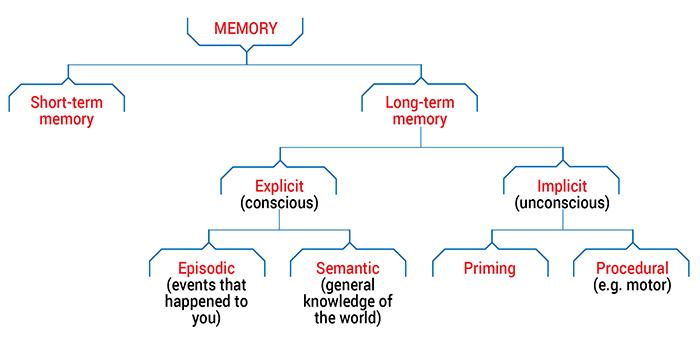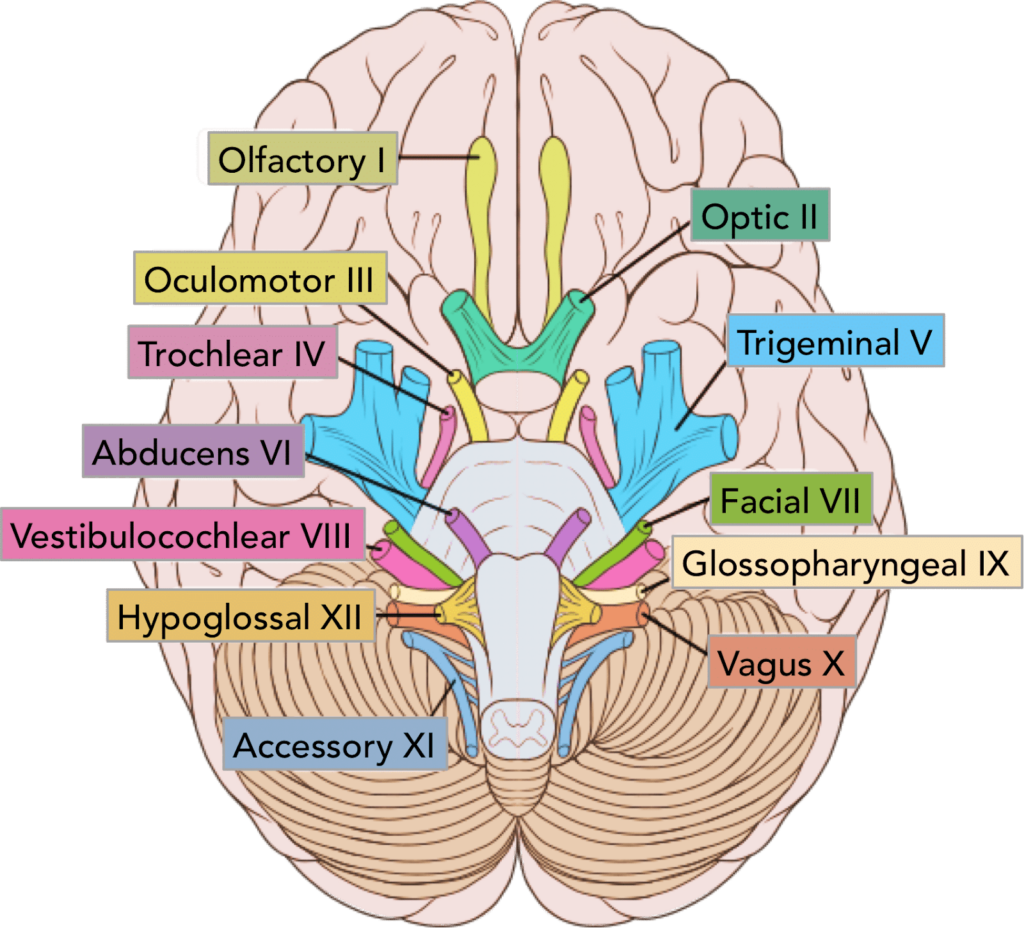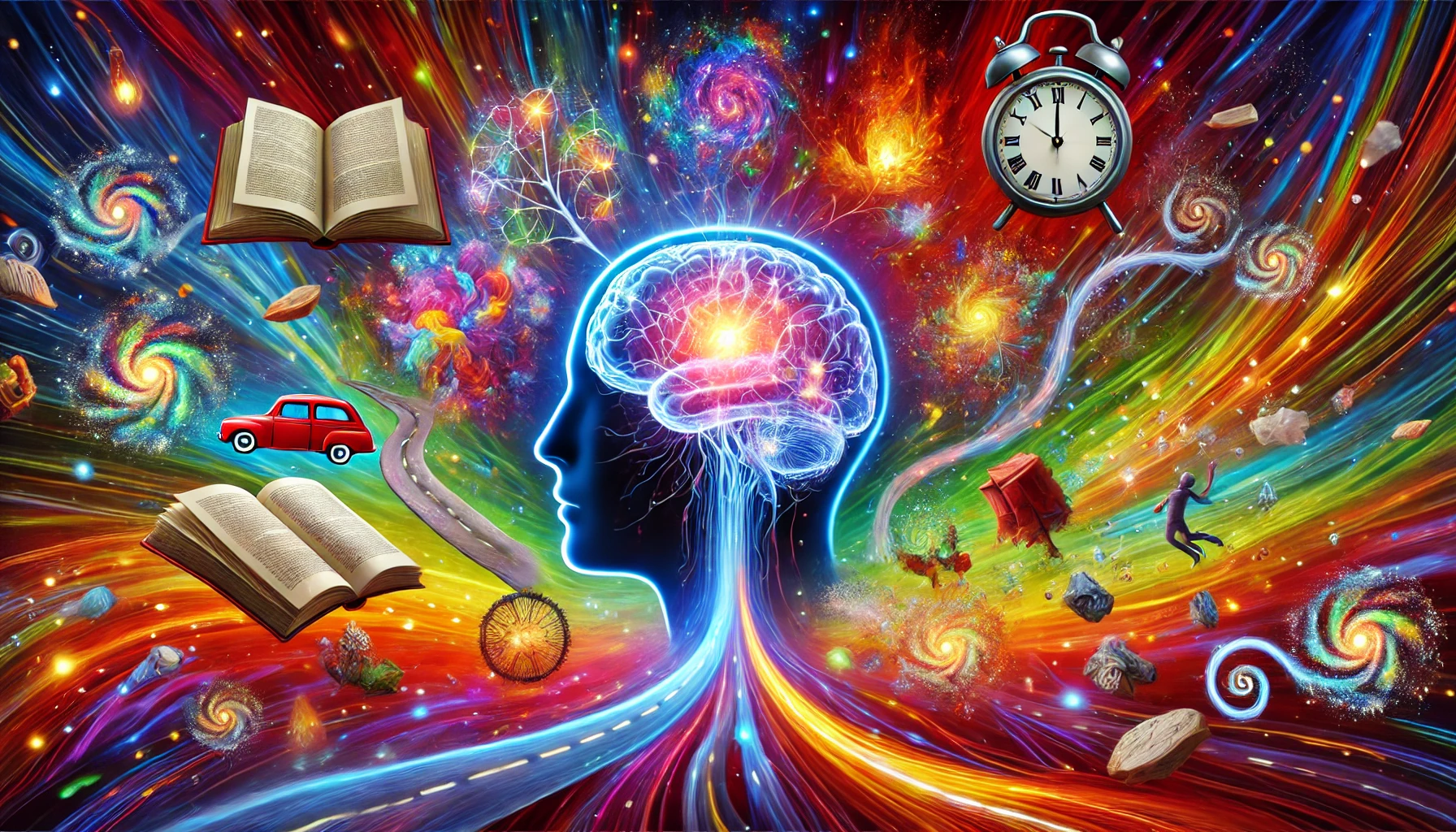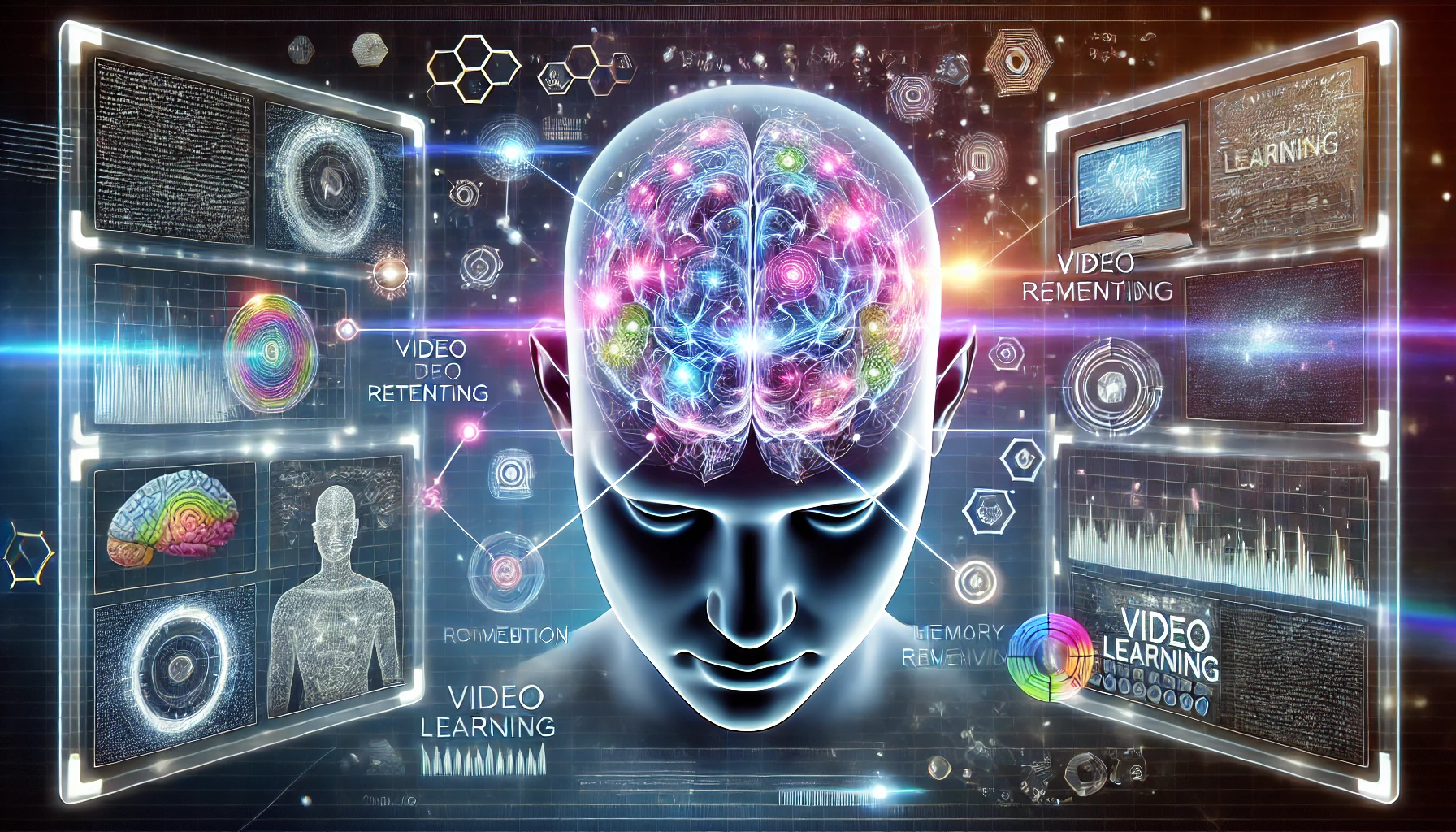August, 2024
Dorine Rivers, PhD, PMP
Savantz AI, Founder & CEO
Educational videos utilize cutting-edge science to improve memorability and boost learning outcomes. One key way we do that is by tapping into the power of metaphor and narrative structure.
Let’s break this massive topic down into bite-sized pieces.
Introduction
Why do we remember our most embarrassing moments with such poignance and clarity? Why do you still know your friend’s mom’s phone number from 2004 but can’t keep track of your nephew’s birthdays?
Human memory is complex. It is neither reliable nor consistent, shaped by emotion and gated by our ability to pay attention. Designing learning materials like educational videos demands a nuanced understanding of the systems that underlie our ability to learn, recall, and use new information.
This article briefly overviews memory, how it works, and the two most common techniques our brains use to help us remember: narratives and metaphors.
Remembering
In a world dominated by digital technology, it’s easy to think of human memory as information storage, fundamentally similar to saving data onto your computer’s hard drive. The idea is intuitively appealing: information comes in through our senses of sight, smell, touch, and so on; it gets encoded or written into memory in our brains, where it resides until recalled.
The problem is…that description isn’t quite right. It’s flat-out wrong in multiple ways.
Memory is dynamic; there is continual change over time. It never quite settles into a permanent, fixed state. Forming memories is a complex, multi-step process of re-shaping neural connections, and “retrieving memories is an active process that can bias and even distort our memories,” according to a growing consensus among researchers.
Memory, in other words, is better described as remembering something we do rather than something we have or store. The brain regions involved in remembering (which we cover in the next section) can flexibly link up with other regions to “support complex goal-directed simulations,” integrating the neural changes (or “traces”) left behind by past encounters with facts, events, sensory stimuli, and other types of information.
Felipe de Brigarde, at the Duke Institute for Brain Sciences, calls memory a form of “hypothetical thinking.” He means that remembering things accurately is only one part of what the brain’s memory systems are built to do. Remembering is about helping us respond usefully in the future based on what we have experienced. That can mean remembering what happened or recalling what we were taught. Still, more often it means remembering general patterns and big-picture take-home points: the gist of something, the general shape of events, the emotions that dominated that moment.
That’s why metaphor and narrative are so useful as memory aides and shortcuts to memorability. This will make more sense once we’ve covered more of the basics.
Types of Memory
First, we’re talking here mostly about “long-term” memory instead of “working” or short-term memory. Working memory is what you have in mind at any particular moment, and for most of us, it can only hold a few items—seven, plus or minus two—for a few minutes.
Long-term memory is a catch-all term for everything else. It usually gets divided into conscious (“declarative”) memory that explicitly recalls facts and events (“semantic” and “episodic” memories), and unconscious (“implicit”) memory that includes skills, preferences, tendencies, and so on (“priming,” “conditioning,” etc.).

Figure 1. Types of memory. From the Queensland Brain Institute.
Scientists also sometimes separate episodic from event memory. The difference is that while many animals probably remember events, only humans think in terms of the story-like structures of narrative that make a memory episodic. Our deep psychological sensitivity to narratives gives us episodic memories that “bind event memories into a retrievable whole that is temporally and causally organized around subject’s goals.”
Fundamentally, this is because “mental time-travel,” the ability to re-experience the past or to imagine a possible future, involves not just events but narratives, and narratives—stories—draw on every kind of knowledge that we possess. Recent neuroimaging studies have found overlap and interconnection between brain regions and neural networks involved in semantic and episodic memory. Speaking of which…
The Neuroscience of Forming Memories
Creating new memories is a complicated process that happens gradually through repeated strengthening of associations between brain regions involved in different kinds of perception and response. Memories aren’t just stored; they are slowly “consolidated” through “neural replay” and, importantly, while we sleep.

Figure 2. How the brain forms and uses new memories.
The basic neural architecture of memory is this: as events occur around us, our sensory organs are stimulated—eyes and ears; smell-sensitive tissue in our noses and throats; pressure, pain, and heat receptors in our skin; and gravity-sensitive mechanisms in the inner ear. These all transmit information to the brain via the cranial nerves, feeding into various parts of the cortex, the outer layer of our brains, where sensory information is initially processed. The first physical version of a new memory, its “trace,” is a set of connections not between those different parts of the cortex but between each of them and a structure deep in the center of the brain called the “hippocampus.”

Figure 3. The cranial nerves and where they feed into the brain. By Patrick J. Lynch
Over time, as we re-activate those connections by recalling the information in new contexts and by dreaming about the event in different ways, they become stronger, and the hippocampus becomes less important. Eventually, the memory trace exists as a set of strong connections between cortical regions—you can think of it as smells linked to sounds linked to sights.
That’s just for episodic and semantic memory, of course. When we learn to ride a bike or taste the difference between a good cup of coffee and a burnt one, other brain regions like the cerebellum and different cortical regions get involved.
What’s important for our purposes is the concept of consolidation itself: memories can’t include everything that’s happening all around us. We need a way to select the specific pieces of information that matter, and to reinforce the traces of those experiences to form lasting, reliable memories.
That brings us back to narrative and metaphor.
Narrative and Metaphor
The way memories are blended and reconstructed, the way they rely on reactivated sensory cortex and links between very different brain regions, the way remembering overlaps with imagining—all of this helps to explain why human memory relies on shortcuts, patterns, and emotions.
Two of the most powerful and common kinds of psychological patterns are narratives and metaphors. Narrative structures and metaphorical relationships are handy outlines, familiar patterns that we can use to understand new situations by comparing them to trends we’ve experienced across many situations in the past. Turning information into a story and framing it within a metaphor make it much easier to remember.
Narratives are fundamental to memory in two ways. One, we’ve already mentioned: whereas many animals can experience events, only humans can experience events as part of or in the context of our personal goals, desires, broader beliefs, background knowledge, situational intentions, and perspectives. The other has to do with cognitive schemas, abstract “knowledge structures” or “general-form reference templates” that help us organize more specific, concrete pieces of knowledge in our long-term memory. They are also vital as guides, essentially acting as pre-fabricated templates to speed up and strengthen memory consolidation. Stories are perhaps our most basic and common type of schema, which is why sharing information as a story makes it much easier to understand and recall later. Think of the difference, for instance, between a narrative documentary and a PowerPoint presentation: the first is significantly easier to remember.
Metaphors work in a very similar way. The field of Conceptual Metaphor Theory argues that, like narrative, metaphors are basic building blocks of human thought. They are “mappings between domains,” abstract structures that tell us how to understand some new situation or fact by showing how it is similar in structure, purpose, or function to something we already grasp.
We know that using strong metaphors makes new material more memorable. The neuroscience of metaphor helps us understand why: metaphors rely on “neural re-use,” the way that brain regions have many interrelated functions and participate in many kinds of thinking and understanding. Metaphors are psychological tools that capitalize on neural reuse, making it easier and guiding the consolidation of memories.
Studies documenting these effects can be weird. If students memorize new words and then sort them into piles, they remember the information about 10% better if words with good/positive meanings go into an upper bin and words with bad/negative meanings go into a lower bin than if they do the reverse. Or, if you teach foreign language vocabulary by explaining the underlying metaphors rather than just translating the words, students forget the new information at half the rate—in other words, they remember it longer.
The effect of metaphor on memory is so pronounced that metaphors can easily create false memories. It’s a form of priming—introduce an image, idea, phrase, or story that puts a particular metaphor on top of mind, and other examples of that same metaphor will suddenly seem so familiar that people misidentify them as the original information: “Yeah, that’s the same story you told before.”
Learning and Memory
That brings us back, finally, to educational video. Educational materials are effective only when designed to work within the constraints of our strange, pattern-based, heavily biased systems for remembering new information.
Generative video has unprecedented power to leverage metaphor and narrative in creating on-the-fly overviews of new topics or reviews of familiar ones. It can reshape a dense list of facts into an easy-to-follow narrative structure or create new metaphorical links between new and old concepts. This new format’s flexibility—not yet explored—offers tremendous potential to make learning a more enjoyable, low-stress experience for every student.
To learn more about Savantz AI’s platform and product, contact us at: info@Savantz.ai.




